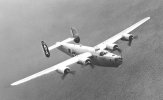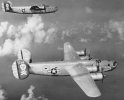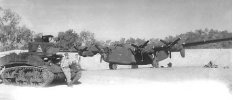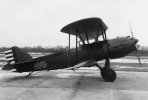Good article from Air & Space on the Corsair.
How the Navy Tamed the “Killer Corsair”
A little piece of aluminum solved the WW2 fighter’s vicious behavior problem.
A little piece of aluminum solved the WW2 fighter’s vicious behavior problem.

www.airspacemag.com
View attachment 30859
As many as 35 Corsairs still fly today, and 11 of them made it to the 2019 Thunder Over Michigan warbird show. Getting them all in one shot took the considerable talents of photographer Scott Slocum and photo ship pilot Bernie Vasquez. The Corsair legend is that it was too mean for the Navy so they gave it to the Marines. Here's the real story.
View attachment 30861
In 1951, Navy Carrier Air Group 2 embarked with a deckload of Corsairs on the USS
Philippine Sea. Like some of its pilots, the Corsair earned fame in World War II and, seasoned, fought again in Korea
View attachment 30863
Outboard of the gun ports on the Corsair’s right wing, a little scrap of metal, carefully shaped and faired, spoiled lift just enough to make the wings stall simultaneously and make the Corsair less obstreperous.

www.airspacemag.com

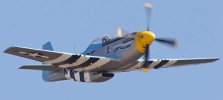
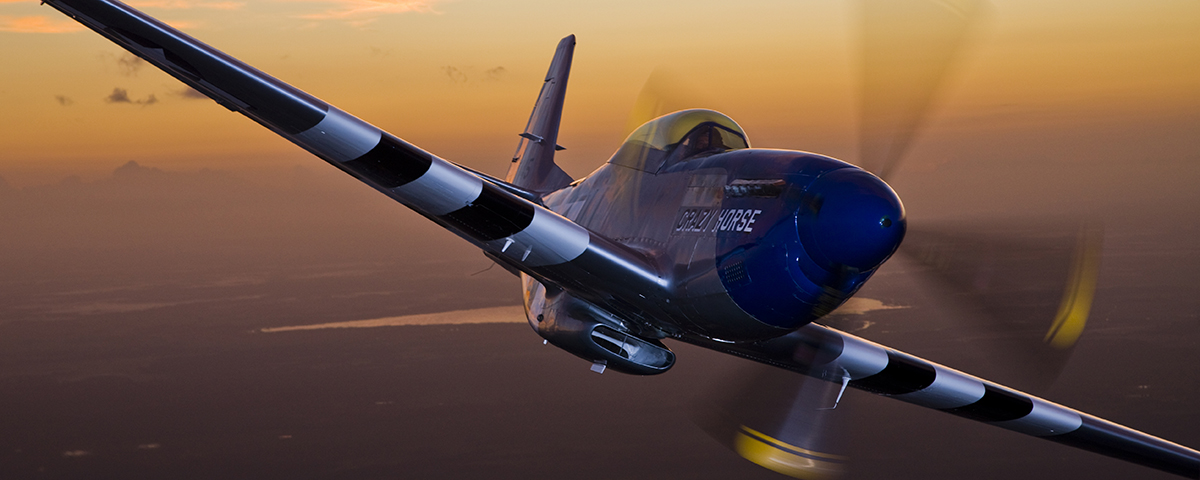
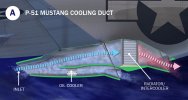
 )
)